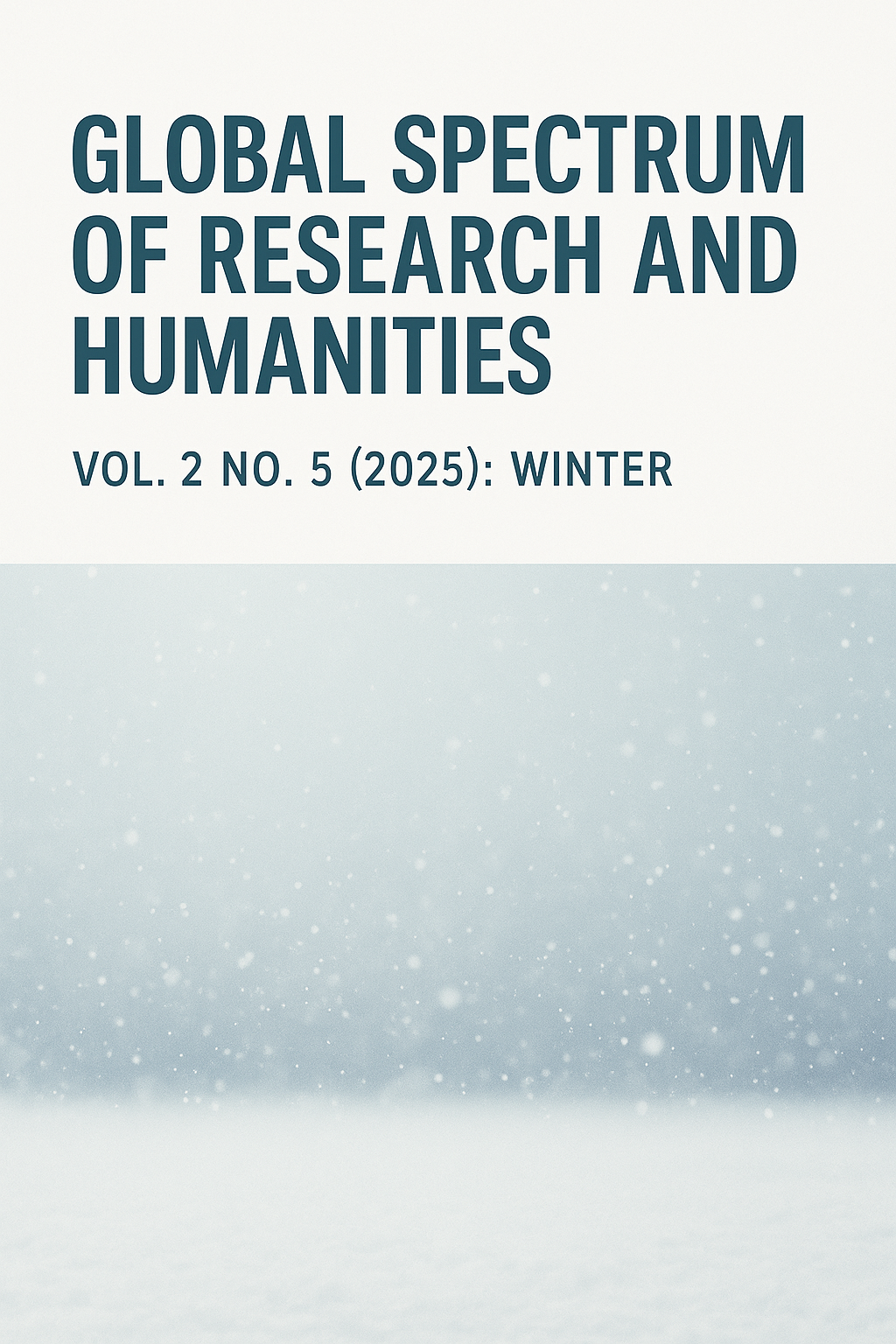Emily Brontë and Wuthering Heights: A Literary Analysis
DOI:
https://doi.org/10.69760/gsrh.0250205008Keywords:
Emily Brontë, Wuthering Heights, Gothic fiction, Romanticism, Victorian literature, narrative structure, symbolism, Yorkshire moorsAbstract
This article provides a comprehensive analysis of the role of Latin and Greek in the development of English vocabulary and semantics. We trace the historical phases from Old English to the present, highlighting the entry and domain-specific use of Latin- and Greek-derived words. For example, in early medieval England, Christian missionary activity introduced Latin religious terms (e.g., altar, Mass) into English (Crystal, 2003). After the Norman Conquest and during the Renaissance, there was a massive influx of classical vocabulary, forming stable terminological foundations in medicine, science, law, philosophy, and education (Algeo & Pyles, 2010; Crystal, 2003). In the modern era, globalization and scientific advancement have further entrenched these terms in English, serving as international standards (e.g., anemia, curriculum, laboratory) (Crystal, 2003; Blankenship, 2023). Our findings indicate that a majority of the English lexicon consists of Latin and Greek roots, which ensure precision and continuity in expression. Adaptation processes include phonetic simplification (e.g., philosophia → philosophy) and semantic shifts (broadening of agenda, narrowing of mania). Overall, Latin and Greek borrowings constitute an active, productive core of modern English, contributing to its status as a global scientific and cultural language.
References
Aziz, S. (2025). Jane Austen’s Literary Role in Historical Context. Journal of Azerbaijan Language and Education Studies, 2(3), 116-124. https://doi.org/10.69760/jales.2025002019
Baştuğ, H., & Kurspahić, A. (2012). Violence and hatred in Emily Brontë’s Wuthering Heights. 2nd International Conference on Foreign Language Teaching and Applied Linguistics (FLTAL’12), Sarajevo.
Britannica, T. M. S. (2025). Emily Brontë. In Encyclopædia Britannica. Retrieved January 2025 from https://www.britannica.com/biography/Emily-Bronte
Brontë Parsonage Museum. (n.d.). The Brontës’ Haworth. Retrieved 2025 from https://www.bronte.org.uk/about-the-brontes/the-brontes-haworth
Frazer, S. A. (2018, July 31). Why Emily Brontë’s Wuthering Heights is a cult classic. University of Sydney News. Retrieved 2025 from https://www.sydney.edu.au/news-opinion/news/2018/07/31/why-emily-bronte-s-wuthering-heights-is-a-cult-classic.html
Qiao, W. (2019). How is Wuthering Heights a Gothic novel? International Journal of English, Literature and Social Science, 4(5), 1578–1583. https://doi.org/10.22161/ijels.45.48
Mammadova, I. (2025). Class and Character in Emma: Jane Austen’s Subtle Critique of Social Hierarchies. Journal of Azerbaijan Language and Education Studies, 2(3), 125-139. https://doi.org/10.69760/jales.2025002020
Sadiqzade, Z. (2024). The Use of the Detective Genre in 19th-Century English Prose. Acta Globalis Humanitatis Et Linguarum, 1(1), 56-66.
Tompkins, J. M. S. (2025). Wuthering Heights. In Encyclopædia Britannica. Retrieved 2025 from https://www.britannica.com/topic/Wuthering-Heights
Downloads
Published
Issue
Section
License
Copyright (c) 2025 Global Spectrum of Research and Humanities

This work is licensed under a Creative Commons Attribution-NonCommercial-NoDerivatives 4.0 International License.




